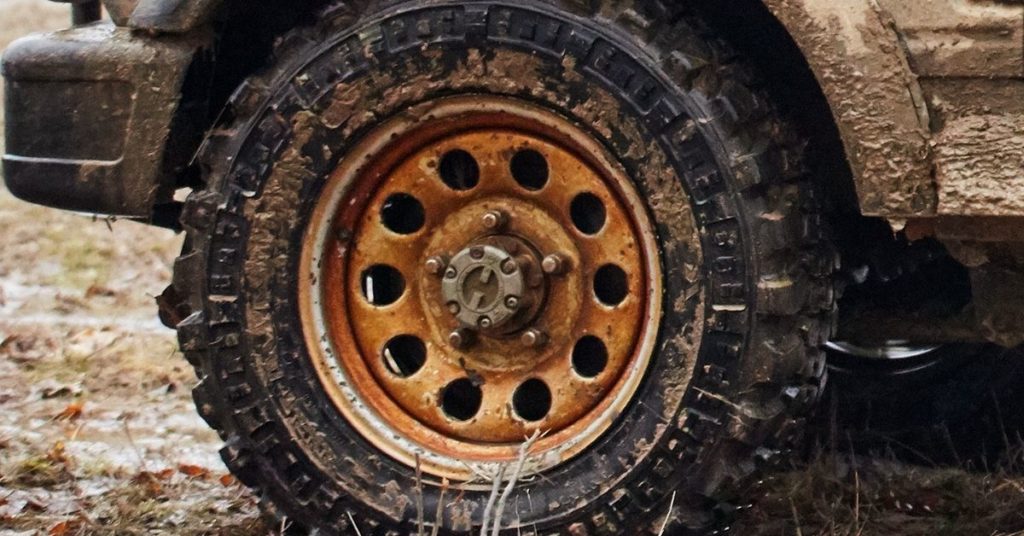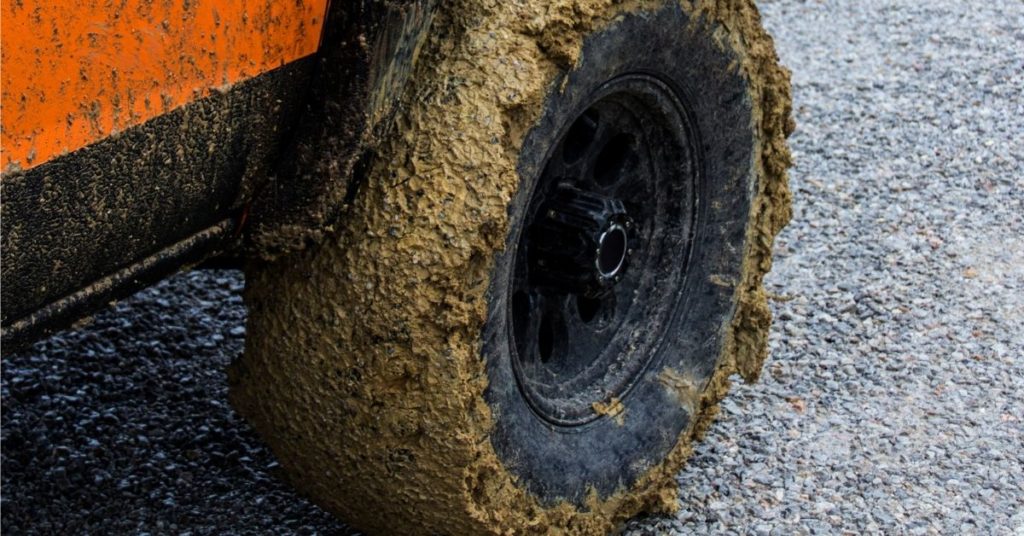If you’re an off-roader, or just a passionate petrolhead, you’ll probably look for any way to improve the performance of your car. One of the most important aspects of a car’s performance is the drivetrain, and usually, you’ll be stuck with just one option.
But what if we told you there was a way to have both four-wheel and rear-wheel drive on your vehicle? This is essentially the purpose of locking hubs and they’re incredibly useful for off-road enthusiasts.
In this article, we’ll explore manual and automatic locking hubs- how they work, their functions and which one you should purchase. Let’s take a look!
What are locking hubs?
You may be wondering what locking hubs are in the first place. Locking hubs are an essential component in many four-wheel drive vehicles and their function is to allow the front wheels to rotate when they become disconnected from the front axle.
Locking hubs are designed to lock onto the axle, to engage four-wheel drive and are located directly on the wheel, just outside the axle.
This is advantageous, as it reduces the resistance on the front drivetrain when the car isn’t using four-wheel drive. This ultimately increases the longevity and reliability of the drivetrain, by preventing unnecessary pressure on the system.
Locking hubs make normal driving much easier too. For instance, fuel efficiency is much improved thanks to the lightened load on the drivetrain. Furthermore, locking hubs can help to reduce noise and vibration, making for a more comfortable ride overall.
This makes them particularly useful for offroad vehicles and trucks, as offroad tracks can be extremely uncomfortable to drive over.
Locking hubs can be activated manually, or automatically. It’s up to the manufacturer to decide which option to go with, and each option has several pros and cons. Let’s take a look at each type in a little more detail.
Manual locking hubs

If your car has manual locking hubs, you will have to decide for yourself whether to disengage the four-wheel drive system. The car will have a ‘lock’ function, which will slide a spring-loaded collar located in the freewheeling hub, to the front axle shaft.
There will also be a ‘free’ setting, which will disconnect this collar and allow the front wheels to spin of their own accord.
To operate manual locking hubs, you’ll have to physically turn them by hand. This will involve turning the ignition off, getting out of your car and actually rotating the hub. The hubs are pretty easy to find, and you won’t need any equipment.
Benefits of manual locking hubs
- Reliability. Manual locking hubs are generally regarded as more reliable than automatic locking hubs. This is because there are less things to go wrong, and the system is overall much simpler. So, if you’re looking for reliability, manual locking hubs might be the way to go.
- Increased fuel efficiency. Using locking hubs in general will increase the fuel efficiency of your truck or off roader, but manual locking hubs are significantly better at this than automatic hubs. This is because you can choose when to disengage the front wheels, which reduces fuel consumption.
So, if you’re looking to save money, or are running low on fuel in the middle of nowhere, you’ll be able to have the hub disengaged indefinitely, which isn’t possible with automatic locking hubs.
- More control. Whilst the fact that you have to do things yourself may seem like a burden to some, for many off roaders, the option of when to lock or free the locking hubs is very important.
Often, the driver is the best judge of a situation, and with manual locking hubs, you’ll be able to use your knowledge to decide whether to lock or free your hubs. This simply isn’t possible with automatic locking hubs.
Disadvantages of manual locking hubs
- Prone to damage. Unlike automatic locking hubs, manual locking hubs stick out of the wheels slightly. When off-roading, this makes the hub much more prone to damage. This could become a very expensive drawback if you hit the hub hard enough.
- Inconvenience. Perhaps the biggest drawback of manual locking hubs is their inconvenience. To engage/disengage the front wheels, you’ll have to stop, get out your car, get on your knees and physically turn the hub.
This may be fine on a mild summer’s day, but it could be simply horrible on a cold, wet night, when your car is covered in mud. Automatic hubs, on the other hand, will keep you warm and dry no matter the weather.
Automatic Locking Hubs

The alternative to manual locking hubs is automatic locking hubs. They work very differently and have their own pros and cons.
Old designs are not able to change driving modes whilst the car is moving. In fact, you’ll have to put the car into reverse and drive backwards for several meters before the mechanism works. These designs are pretty outdated now, and you won’t see them on modern cars.
Modern automatic designs use a one-way clutch system to change drivetrains. All you’ll have to do is flick a switch or a button, and the drivetrain will change as you’re driving. Newer designs are able to do this thanks to a vacuum diaphragm, which allows the collar to move whilst the car is in motion.
Advantages of automatic locking hubs
- Convenience. Perhaps the biggest advantage of automatic locking hubs is how convenient they are. Automatic hubs allow you to change your driving mode from the comfort of your cabin, with a simple push of a button.
You won’t have to park, or get your hands and clothes dirty, which makes automatic locking hubs incredibly practical. This is a major advantage over manual hubs for everyday scenarios.
- Speed. Generally, automatic locking hubs are quicker than manual ones. This means that you’ll be able to change driving mode swiftly, heightening both the convenience and practicality of automatic locking hubs.
Disadvantages of automatic locking hubs
- Unreliable. Because automatic locking hubs contain more parts than manual ones, there is more that can go wrong, and so automatic hubs are more likely to break.
This can be a major issue for off-roaders, as having something break in the middle of nowhere can be downright terrifying. Therefore, Automatic locking hubs probably aren’t the best choice for serious off-roaders.
- Lack of control. Compared to manual locking hubs, automatic hubs don’t offer drivers as much control with their drivetrains. This makes automatic hubs a poor choice for off-roading, as you need complete control of your vehicle when traversing tough terrain.
Which one should I go for?
The answer to this question is highly dependant on your needs and wants from a car.
If you’re looking to do some serious off-roading, and want full control of your car, manual locking hubs are probably your best choice. Whilst you will have to get your hands dirty, you’ll have better control over your car when you’re in a pinch.
You’ll also be able to trust your car more, as manual locking hubs are more reliable than automatic hubs.
However, if all you’re looking for is a convenient option that’s easy to use, automatic hubs might be perfect for you. You won’t have to step out of your car to disengage the front wheels, and they can be much more practical for everyday scenarios.
Ultimately, both types of locking hubs are great in different situations. It’s up to you to decide which will be more advantageous for your personal needs.
- Tips and tricks For Setting Up Camp Like a Pro - September 11, 2023
- The Best Multi-Tools for Overlanding Adventures - August 25, 2023
- Off-Road Navigation Tips for Overlanders - August 13, 2023


